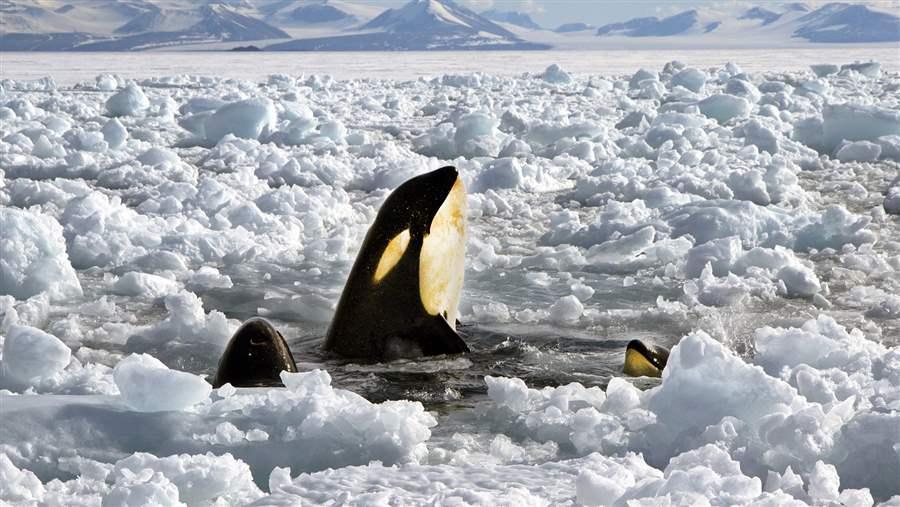Humpback Whales: Unusual Heroes of the Ocean, Going Beyond Self-Defense to Protect Others
Humpback whales, with their majestic presence and awe-inspiring behaviors, have long captured the fascination of marine enthusiasts and researchers alike. Renowned for their colossal size and ornery nature when provoked, recent studies have revealed a remarkable aspect of their behavior: humpback whales not only defend their vulnerable calves from killer whales but also actively seek out and protect other species, including seals, porpoises, and sea lions. This extraordinary display of altruism sets humpback whales apart as unusual heroes of the ocean, going beyond self-defense to safeguard other creatures.

The oceanic battleground between humpback whales and killer whales has been documented by marine ecologists and scientists worldwide. In 2009, Robert Pitman, a marine ecologist from the National Oceanic and Atmospheric Administration (NOAA), observed a remarkable intervention during a research expedition in Antarctica. As killer whales closed in on a Weddell seal, two humpback whales arrived on the scene. One of the humpbacks gently lifted the seal onto its belly, forming a protective platform for the distressed prey. Astonishingly, it seemed as if the humpbacks were trying to shield the seal from the impending attack.

Robert Pitman’s observations were not isolated incidents. After putting out a call to colleagues, dozens of other scientists and naturalists reported witnessing comparable events. In a recent study published in Marine Mammal Science, Pitman and his co-authors recorded 115 instances of humpback whales interacting with killer whales, with 38 of these interactions resulting in humpbacks chasing and thwarting killer whales during their predation attempts. Remarkably, in 89% of these cases, the killer whales were targeting species other than humpback whales, showing that humpbacks are willing to risk injury to protect non-related species.

The question of why humpback whales engage in such risky behaviors to protect other creatures, particularly unrelated ones, presents a challenging puzzle for biologists. The concept of kin selection and reciprocal altruism, which can explain why animals risk their lives for close relatives or friends, does not seem to apply in these cross-species interventions. Humpbacks are not sacrificing themselves to save their own family members; they are stepping in to protect other species that cannot reciprocate the favor.

Some scientists and experts argue that the humpbacks’ behavior can be attributed to empathy, a notion gaining traction in recent years regarding non-human animals. Empathy involves understanding and responding to the emotions and distress of others, often leading to attempts to alleviate their suffering. Esteban Rivas, director of the Institute for Animals in Philosophy and Science, suggests that the humpbacks’ actions can be better interpreted in terms of empathy rather than an automatic mobbing response.

According to Rivas, the humpbacks’ behavior aligns with what empathy researchers call targeted helping. This is when an animal uses its cognition to take another creature’s perspective and provides the specific help needed.
Humpback whales have long been admired for their graceful movements and haunting songs, but their acts of altruism add another layer of intrigue to their already fascinating nature. Going beyond self-defense, these extraordinary creatures actively intervene to protect other species from the dangers posed by killer whales. Whether driven by a desire to thwart attacks on fellow humpbacks or a sense of empathy for other creatures in distress, the humpback whales’ noble actions make them unique heroes of the ocean, earning admiration and respect from humans and marine life alike.



